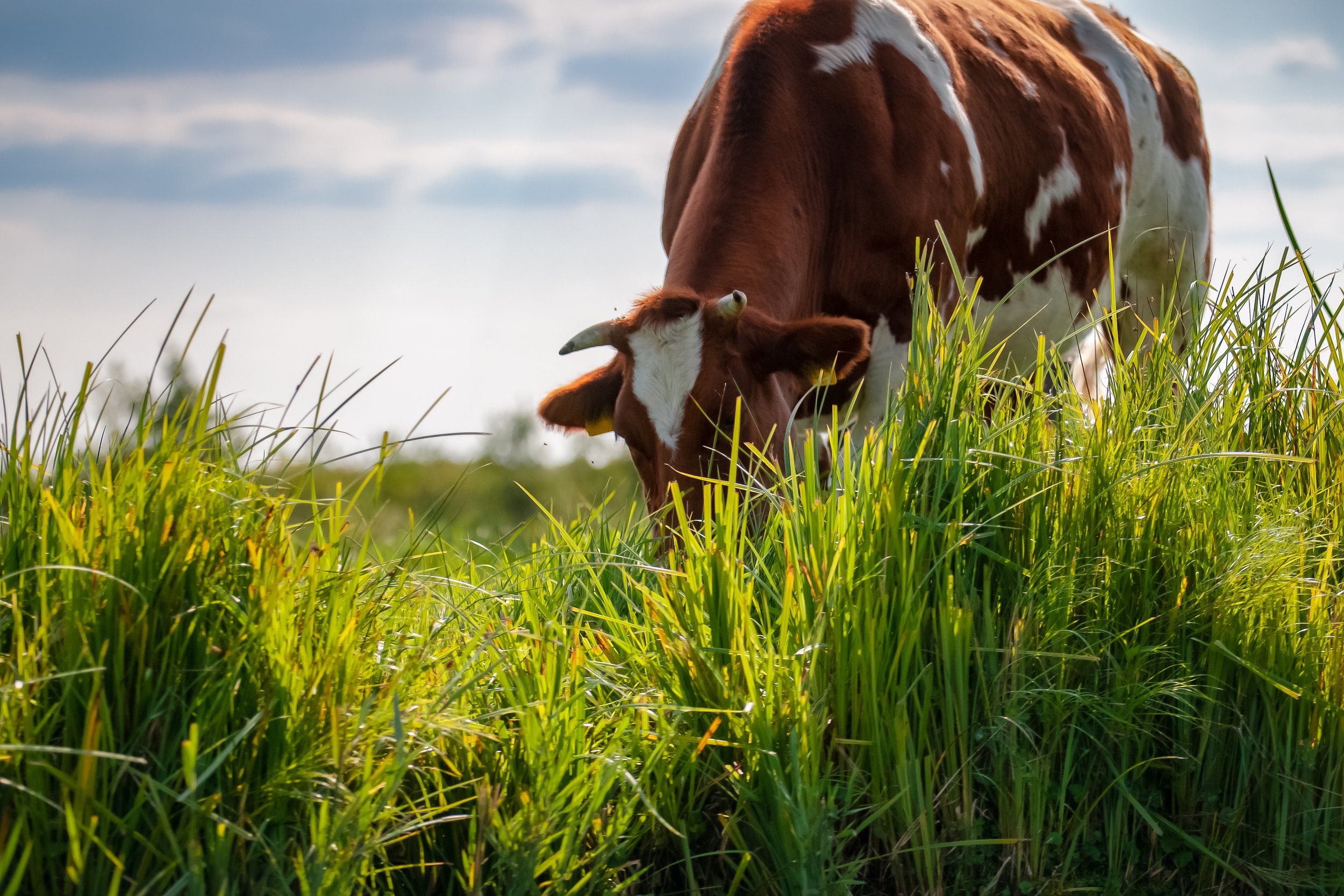
Healing with Regenerative Agriculture
“Where grows?—where grows it not? If vain our toil, We ought to blame the culture, not the soil.”
— Alexander Pope
What Is Regenerative Agriculture?
For over a century, we have relied on a single food production system to feed a growing population. This system, known as conventional agriculture, involves heavy plowing, industrial inputs, and high carbon emissions.
What’s that created?
While conventional agriculture has produced a lot of food, there has been an enormous cost. Here are just a few consequences:
Agriculture accounts for about 20% of human-caused greenhouse gases (1)
Conventional growing methods have degraded 75% of the world’s arable land (2)
Methods like monoculture have led to the rise of new pathogens that threaten staple crops (3)
Fast-tracking climate change, shrinking the amount of arable land, and giving rise to new diseases. It all sounds pretty bleak. But an alternative has emerged that allows us to grow higher quality food while preserving and even improving land. At the same time, it radically reduces the carbon footprint of growing food.
It’s called regenerative agriculture.
Regenerative agriculture is a philosophy that begins with a goal: grow high-quality food in a sustainable way.
We accomplish that in many different ways, but we employ four main strategies: soil generation, biodiversity, rotational grazing, and water management.
Soil Regeneration
Soil regeneration focuses on the well-being of the microorganisms that make nutrients available to plants and build resilient structures for water retention.
Soil can be protected and improved using practices like:
cover crops
reduced tillage
composting organic matter
These methods improve both the structure and fertility of the microbiome by providing nutrients year-round and preserving the integrity of the ecosystem. It also reduces weeds and can protect native species.
Biodiversity
Monoculture, the practice of repeatedly planting a single species in large numbers in a single area, has led to disease and nutrient exhaustion. Many of the soils that were once the best in the world have been completely depleted by conventional agriculture’s insistence on high production of single crops, like corn and soybeans.
By emphasizing biodiversity, regenerative agriculture reduces the likelihood of pest infestation, diseases, and soil depletion. It also eliminates the need for excessive chemical amendments and pesticides.
Rotational Grazing
Regenerative agriculture uses the many gifts of livestock to improve soil health and maintain high nutrient levels.
Managed grazing systems mean livestock are frequently in new areas, leading to healthier paddocks and much happier animals. Their manure is a natural fertilizer, and the frequent movement prevents overgrazing.
Water Management
Enhancing water retention and reducing runoff allows regenerative farms to make the most of the water they use.
Smart decisions that work with the features of the land and the benefits of certain plants help conserve water through drought and protect from flooding.




